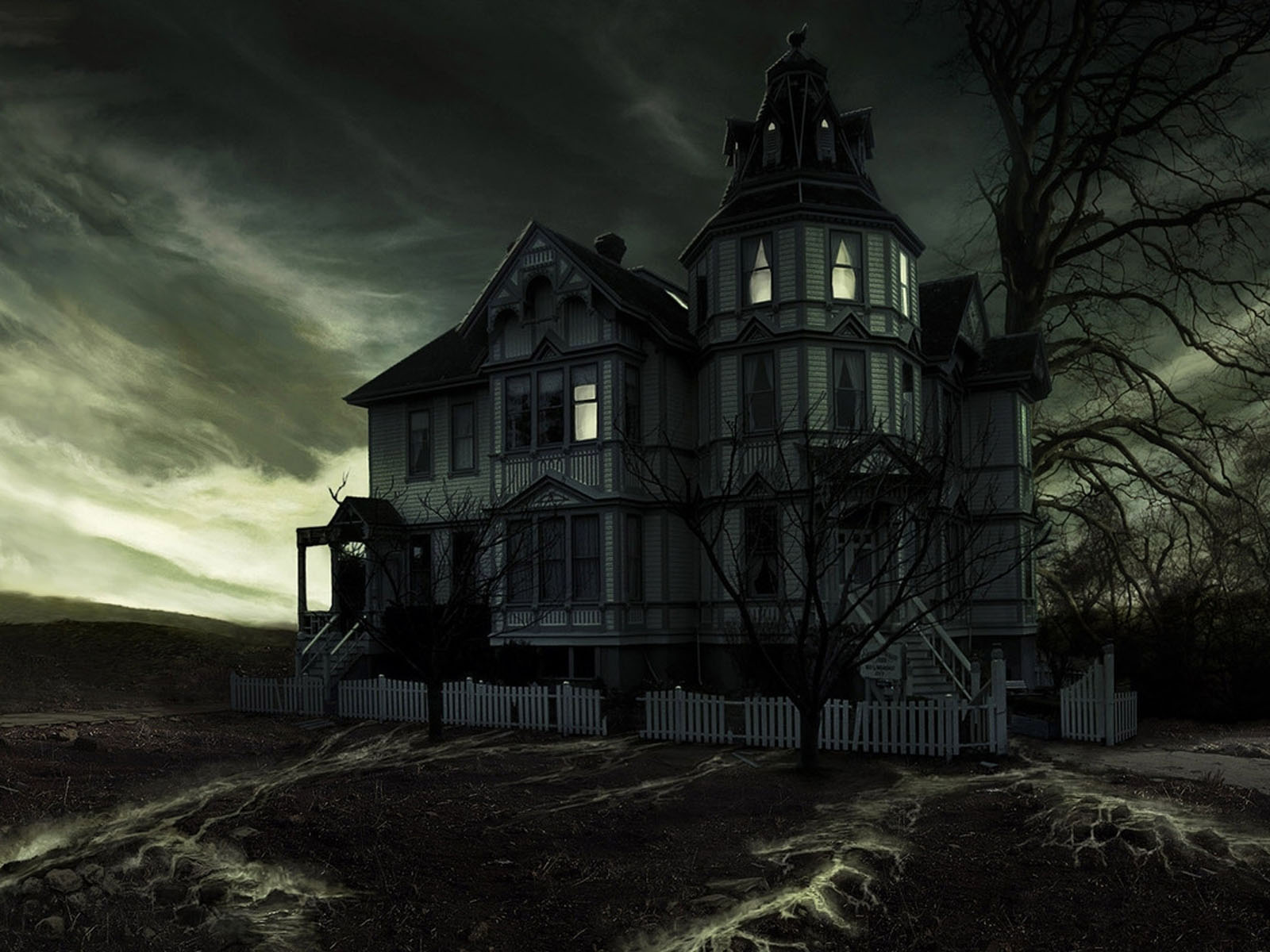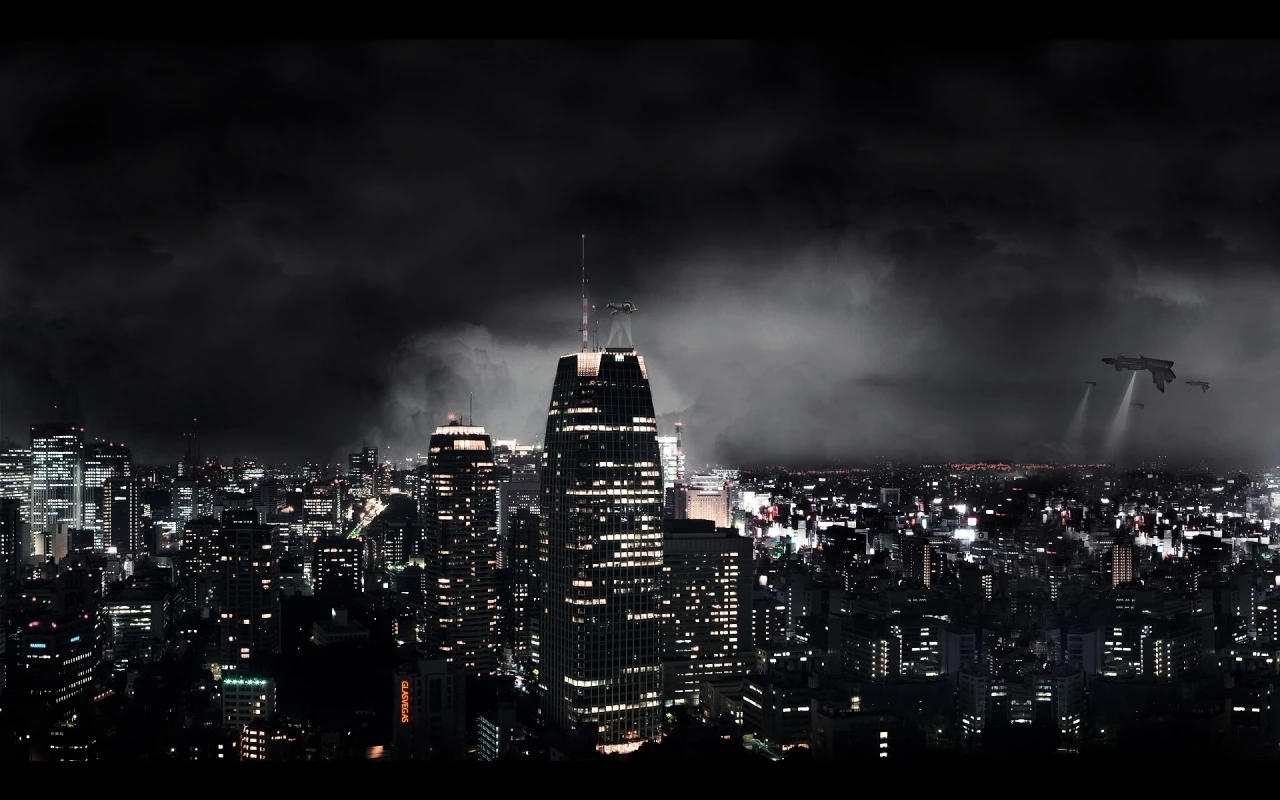Shot list
Before my group did any filming we had to think of the type of shots we wanted to incorporate within the piece and the type of effect we want to generate from these different shots. We had to look at the type of theme within the thriller we wanted to create and how the editing and the shots will link to achieve this theme. The over the head shot will be useful to put the audience in the characters position and it will help to make the audience have an idea of the emotions of the character.
Before deciding on what shots to do we had to think about the effect it will have and how it will help to show the storyline we have we used match on action through out the piece so it was clear where the character was going and makes the process of the short film quicker.
The shots of the knifes and boxing gloves should be extreme close ups as it will make that shot be more dramatic and build up tension and it makes those items important, it allowed us to give a little insight to how our character may be like and the type of environment that character lives in, also the count down and the fan built up tension for the beginning of the film so I think it was a good shot to have in my piece.
All of these shots were very important in the process of the film and how to build a lot of tension for the beginning of the film and they all linked towards the short films name as the character was paranoid from the beginning.
The shots of the knifes and boxing gloves should be extreme close ups as it will make that shot be more dramatic and build up tension and it makes those items important, it allowed us to give a little insight to how our character may be like and the type of environment that character lives in, also the count down and the fan built up tension for the beginning of the film so I think it was a good shot to have in my piece.
All of these shots were very important in the process of the film and how to build a lot of tension for the beginning of the film and they all linked towards the short films name as the character was paranoid from the beginning.










